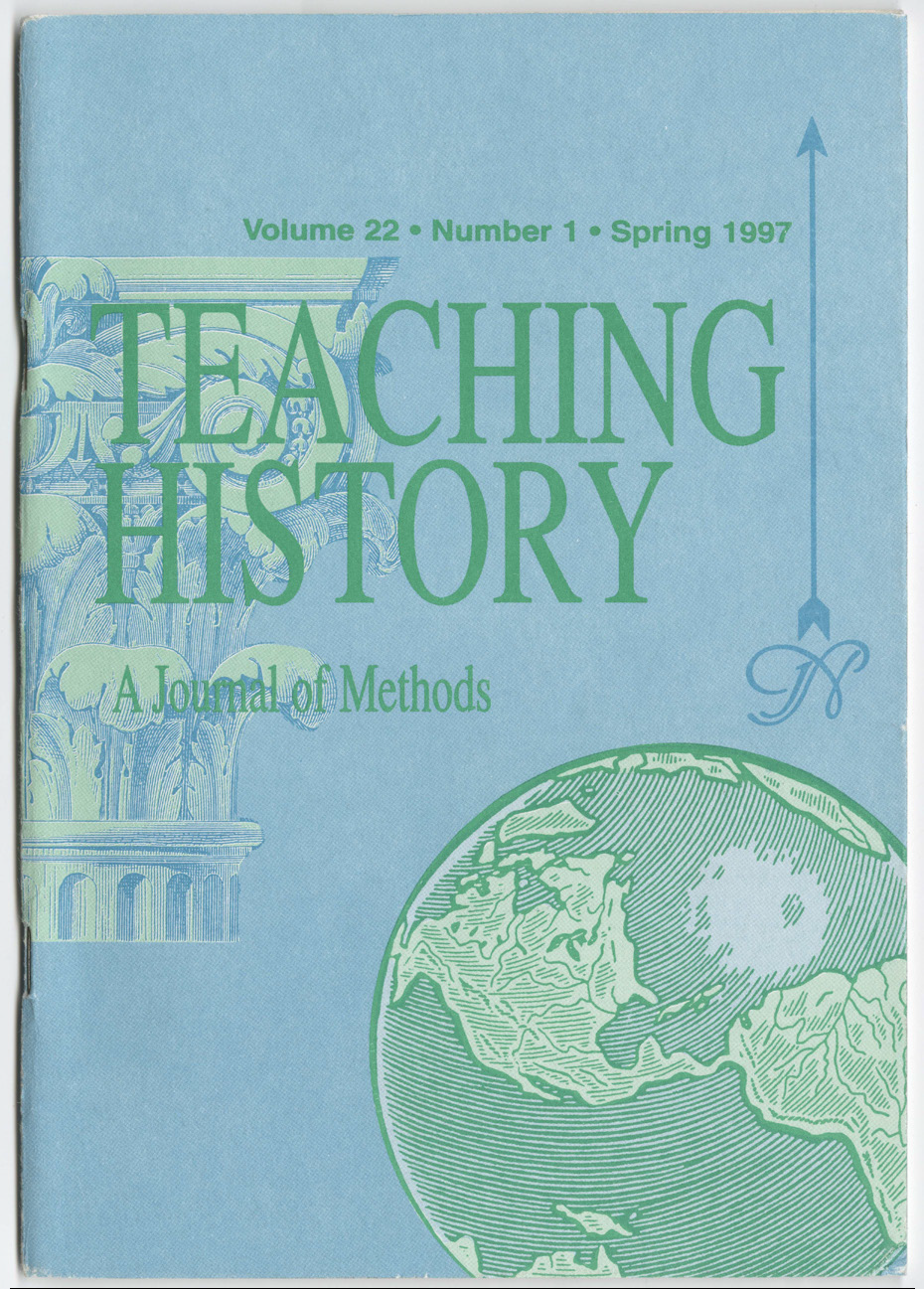New Wine In Old Bottles
Revitalizing The Traditional History Lecture
DOI:
https://doi.org/10.33043/TH.22.1.3-25Abstract
Active learning. … student-centered learning …. interactive learning …. collaborative education …. student-directed learning.… empowerment in the classroom.
The jargon of cognitive psychology and education makes many historians cringe. While there doubtless are good educational techniques and substance lurking behind these terms, an underlying premise is that the traditional lecture1 does not work, that by its very nature lecturing renders students passive learners, induces apathy, and runs a greater risk of boring them into not learning at all (e.g., much of the content presented via lecture "is not attended to by students and what is attended to may be distorted on its path from the lecturer's notes to the students"2). Although it is certainly possible that lecturing can contribute to a student's failure to learn, the contention here is that such results are not inevitable, that lecturing, especially history lecturing, can be made to promote learning in a way comparable to any other technique. I myself learned a great deal-certainly more than just historical facts and dead-weight information-from several outstanding lecturers. And I have gotten enough feedback over more than a quarter century of teaching to believe that I have had at least some success as a lecturer and, as well, a positive influence on many of my students who have become teachers (but not all of whom lecture).
Downloads
Downloads
Published
How to Cite
Issue
Section
License
Copyright (c) 1997 Robert Blackey

This work is licensed under a Creative Commons Attribution-NonCommercial-NoDerivatives 4.0 International License.
By submitting to Teaching History, the author(s) agree to the terms of the Author Agreement. All authors retain copyrights associated with their article or review contributions. Beginning in 2019, all authors agree to make such contributions available under a Creative Commons Attribution-NonCommercial-NoDerivatives 4.0 International license upon publication.



